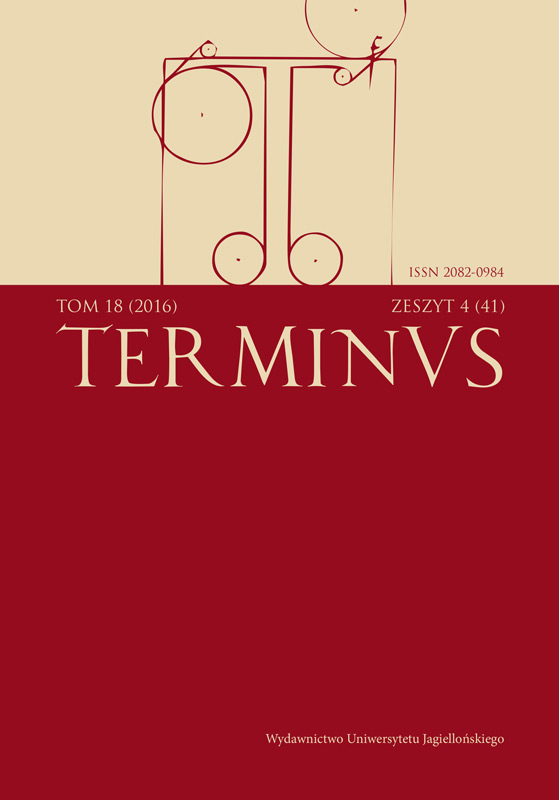Edycja pierwszej mowy Erazma Ciołka (1474−1522) wygłoszonej w Rzymie wobec papieża Aleksandra VI
An Edition of Th e First Speech of Erasm Ciołek (1474–1522), Delivered in Rome before Pope Alexander VI
Author(s): Ałła BrzozowskaSubject(s): Cultural history, 15th Century, 16th Century
Published by: Wydawnictwo Uniwersytetu Jagiellońskiego
Keywords: edition; political oration; Early-modern Lithuanian diplomacy; Polish and Lithuanian Renaissance; Erazm Ciołek
Summary/Abstract: This paper presents the first critical edition of the first political speech by an important representative of the Polish Renaissance, Erazm Ciołek. He came to the Holy See with a diplomatic mission from the Grand Duke of Lithuania, Alexander Jagiellon, and delivered his oration before Pope Alexander VI in March 1501. As a young diplomat of little experience, he faced a difficult task: under the pretext of paying the tribute of obedience to the Pope, which was the mission’s official purpose, he was supposed to broach the subject of a religious union between the Lithuanian Orthodox Church and the papacy in order to deprive Moscow of the argument to instigate war. Despite his initial reluctance to accept Ciołek, the Pope much appreciated his oratorical talent. It is likely that the speech was first printed the same year in Rome, because as a print it could have had a greater outreach and thus helped the delegate achieve his political objective. However, even though the oration was highly regarded by the addressee, it has never been thoroughly studied. It has only been mentioned in a few historical studies. No critical edition with a proper commentary that would enable a wider audience to understand the content of Ciołek’s performance has ever appeared. This paper contains an edition of the Latin text of the speech based on its 16th century edition. The critical apparatus also includes all variants of the manuscript. The Polish translation was also provided with appropriate philological and historical comments. What is more, the introduction discusses the structure of the speech, or the orator’s thread of persuasion. Both the introduction and the commentary to the translation are based largely on historical sources.
Journal: TERMINUS
- Issue Year: 18/2016
- Issue No: 1 (38)
- Page Range: 67-104
- Page Count: 38
- Language: Polish

